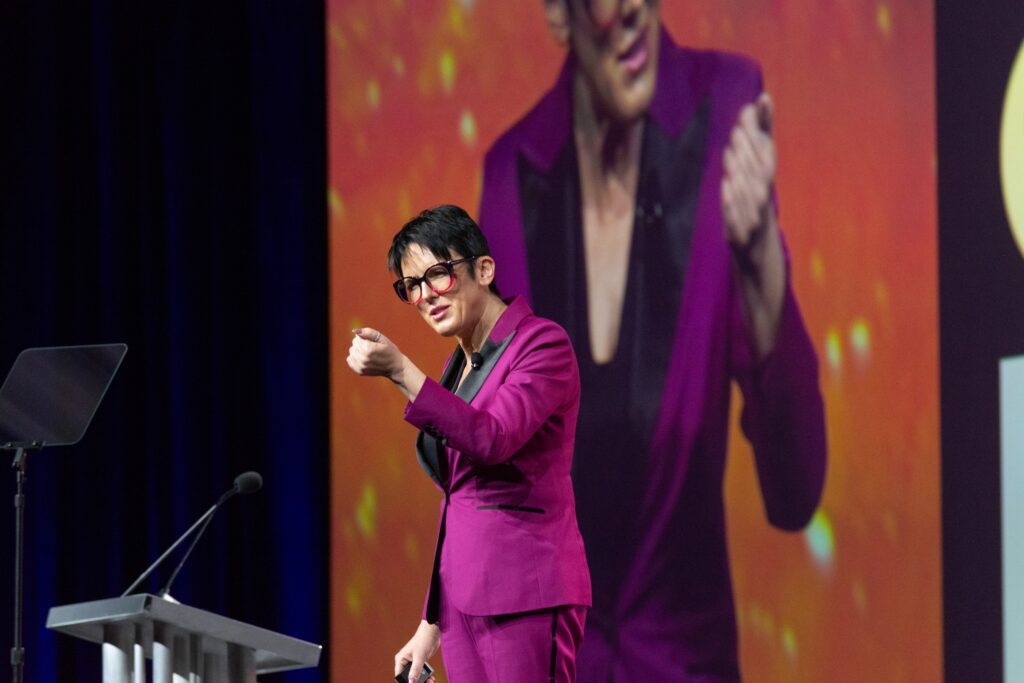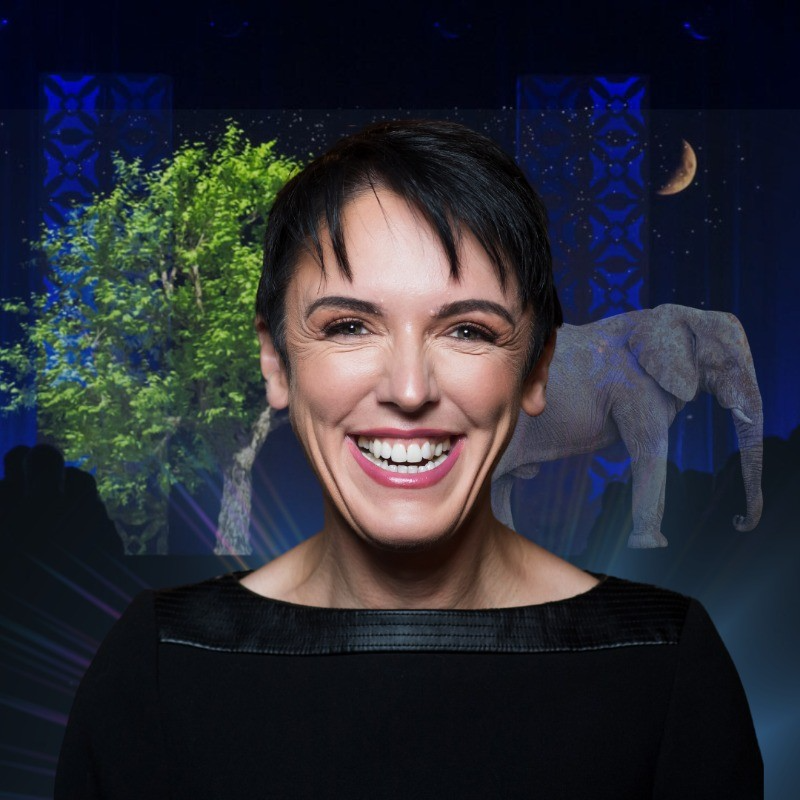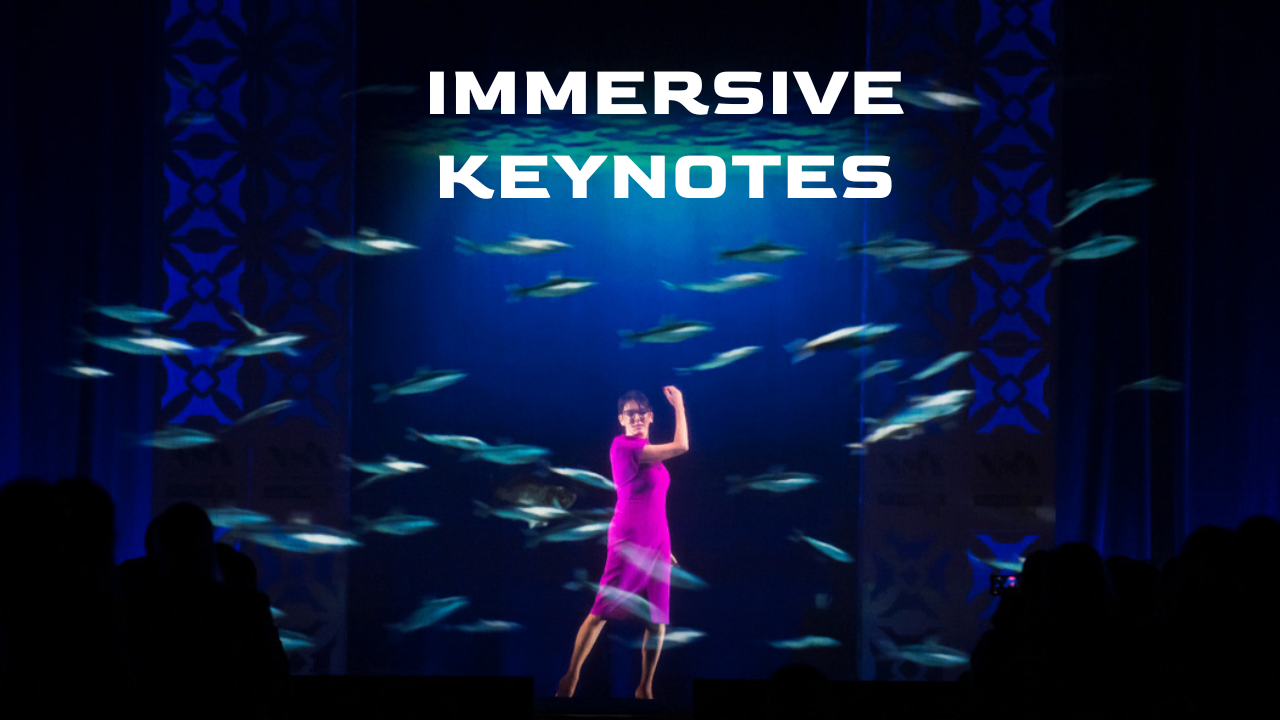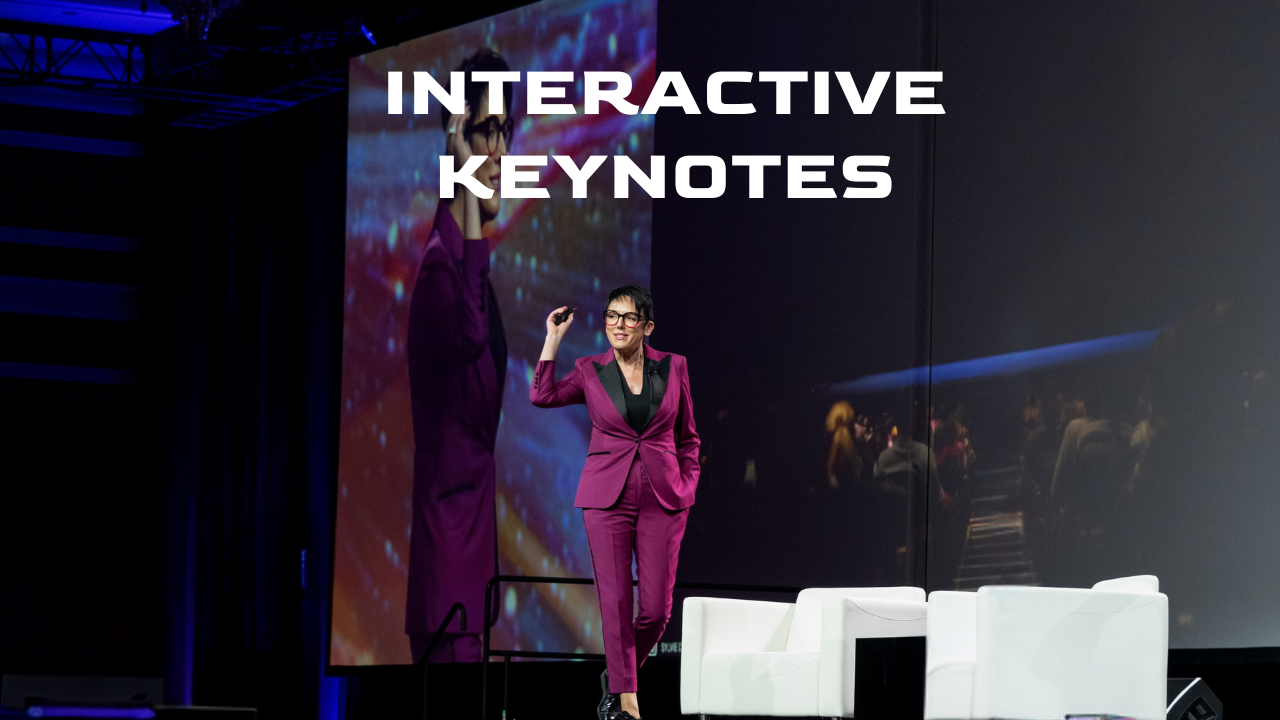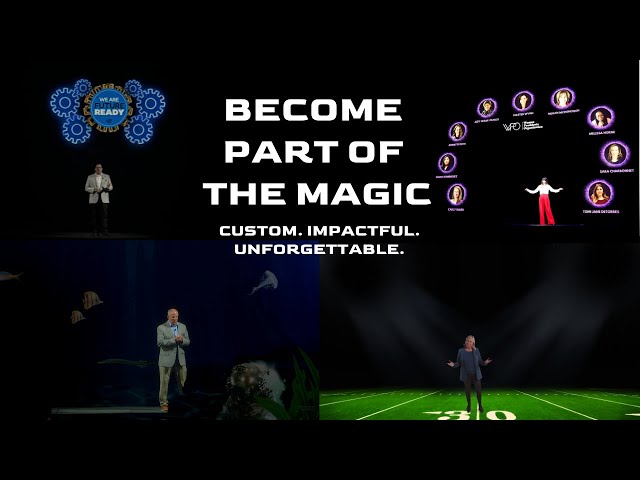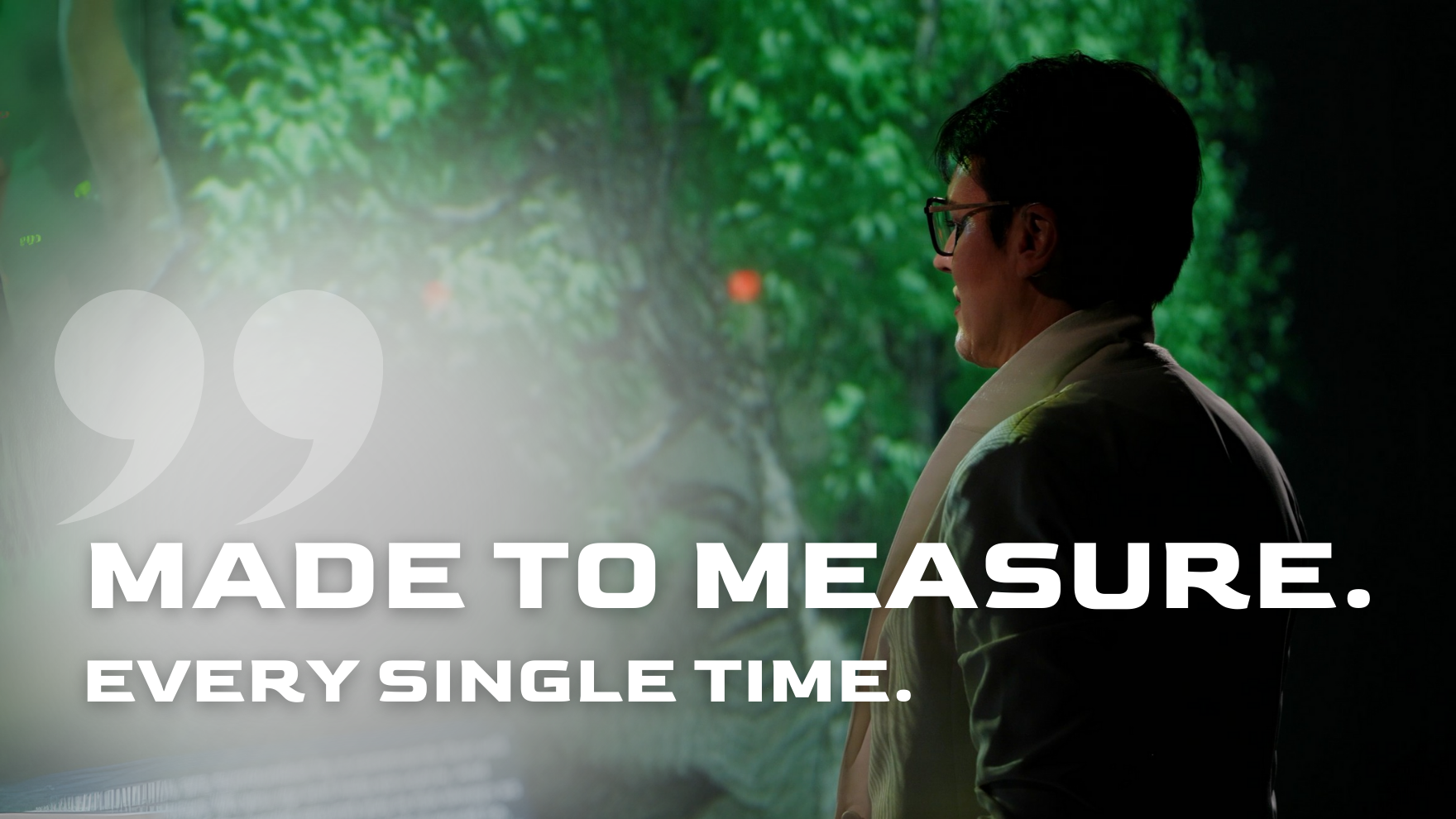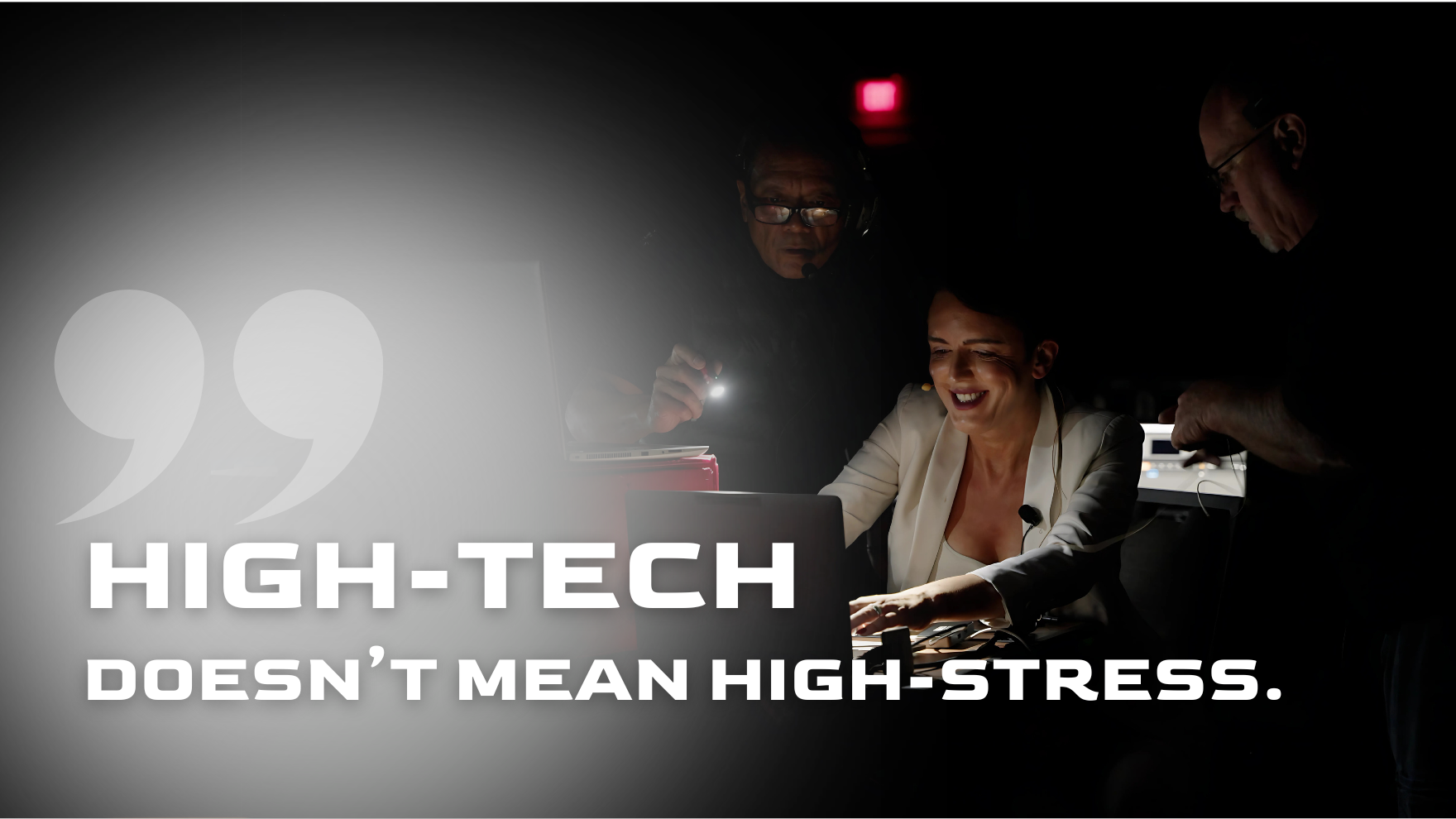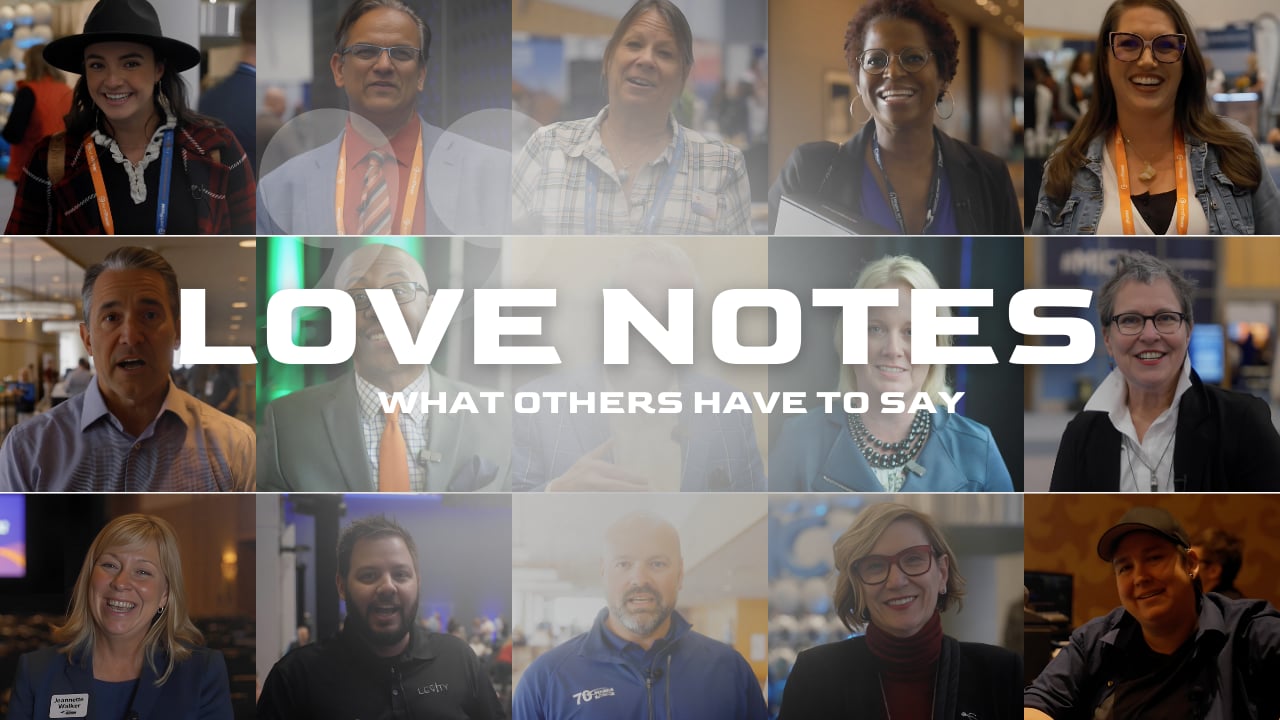What Happens When Speaking Stops Being a Monologue—and Starts Becoming a Moment
Once upon a time, a professional speaker could step onto a stage, deliver a perfectly rehearsed talk, and walk off to polite applause. The formula was predictable. Story. Lesson. Quote. Applause. But in 2025 and beyond, something has fundamentally shifted. Audiences no longer just consume content—they participate in it. They expect interaction, co-creation, real-time relevance, and sensory immersion. And the best professional speaker knows it.
Today, the role of a professional speaker isn’t just to inform or entertain. It’s to design an experience. One that resonates beyond the ballroom, lives on in conversations, and is felt just as much as it is heard. So let’s explore how a top-tier professional speaker is becoming an experience designer—and why that evolution should matter deeply to meeting planners, conference hosts, and event professionals everywhere.
Key Takeaways
- A professional speaker is shifting from scripted delivery to dynamic experience design.
- Interaction and immersion are now baseline audience expectations.
- The most successful professional speaker uses storytelling, tech, and audience input to co-create.
- Passive consumption is out; participatory engagement is in.
- The speaker of the future is part performer, part facilitator, part strategist.
- Experience-first design drives long-term ROI for events and attendees.
The Death of the Perfect Script
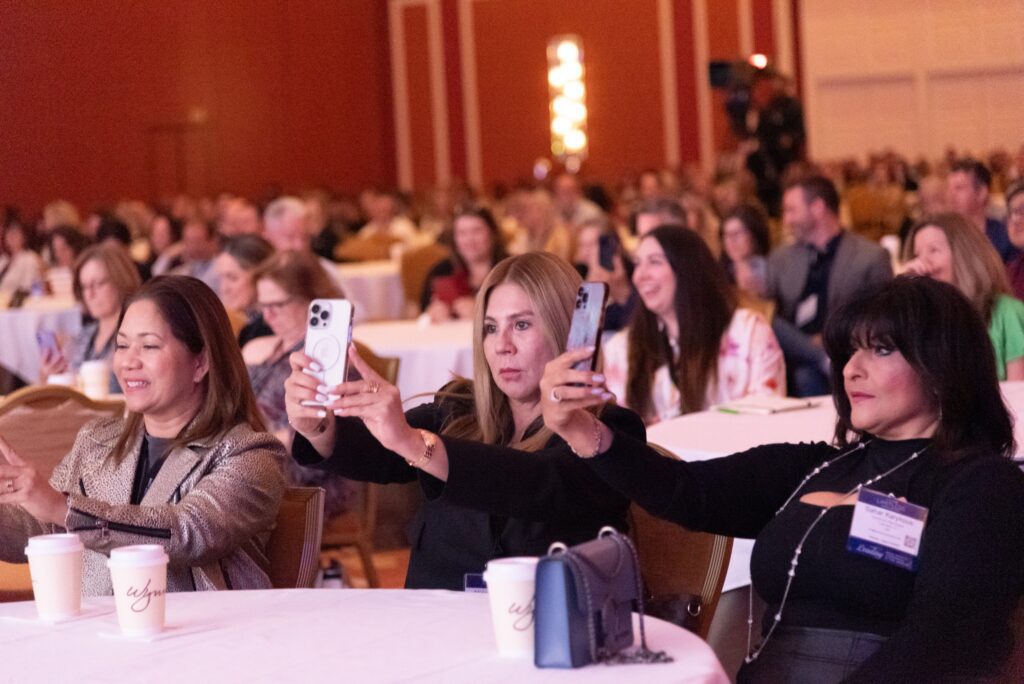
What once set a professional speaker apart—polished performance and a script delivered word-for-word—is now often a liability.
Why? Because audiences can smell “canned” from a mile away. It doesn’t matter how compelling your content is if it doesn’t feel tailored to the moment, the room, or the people in it. The real mastery lies in making every person feel like the message was crafted just for them—because it was!
People don’t want to be talked at anymore. They want to be seen, heard, and challenged. They want a sense of agency—that their presence isn’t just appreciated but integrated. A professional speaker who rigidly clings to script misses an opportunity to co-create something unique and unforgettable.
The most successful professional speaker now treats their “talks” as frameworks, not final drafts. They leave room for live moments, for flexibility, for the audience to shape the direction. It’s less about control, more about connection.
This shift requires a different skill set. It’s not just about content delivery anymore—it’s about reading emotional cues in real time, adjusting rhythm based on energy, and embracing improvisation as a tool of trust. When a professional speaker dares to diverge from the perfect script to respond authentically to the people in front of them, it creates a rare moment of mutual presence.
And planners notice. A professional speaker who can pivot, adapt, and genuinely listen during their keynote doesn’t just meet expectations—they elevate the entire experience. The result isn’t just applause. It’s alignment.
The future of speaking isn’t about dazzling delivery—it’s about meaningful human presence.
From Passive Listeners to Active Participants

In every industry, from education to entertainment, from finance to hospitality, from board rooms to ballrooms, we’re seeing a shift: audiences are no longer passive.
Streaming, swiping, real-time polling, chatbots, and collaboration platforms have conditioned people to engage—and expect engagement in return. We live in a world of real-time responsiveness, and the bar for attention is higher than ever.
Events are no exception. Whether it’s through interactive exercises, live Q&A, digital whiteboards, AR/VR integration, gamified learning, or real-time decision-making challenge, the audience wants to be more than a spectator. They want a voice. They want a role. They crave the sense that their presence shapes the outcome—not just their applause.
That means today’s professional speaker must be a skilled facilitator. They need to read a room, adapt on the fly, and encourage active participation that doesn’t feel forced or performative. A great professional speaker doesn’t just ask for a show of hands. They build thoughtful frameworks—discussion prompts, tech-supported collaboration, emotional storytelling arcs—that invite meaningful involvement.
It also means relinquishing a bit of control. Audience engagement is rarely neat and tidy. But in that messiness lies real connection. When a professional speaker creates space for unscripted contributions, for dialogue and disagreement, they don’t weaken their message—they elevate its relevance.
And it’s not about gimmicks. It’s about dignity. It’s about respecting the intelligence and attention of every person in the room by giving them something to do with it. Because attention is no longer passively given—it’s actively earned, and powerfully rewarded.
Audience attention is no longer a given. It’s a currency—and interaction is how you earn it
The Intersection of Tech and Humanity
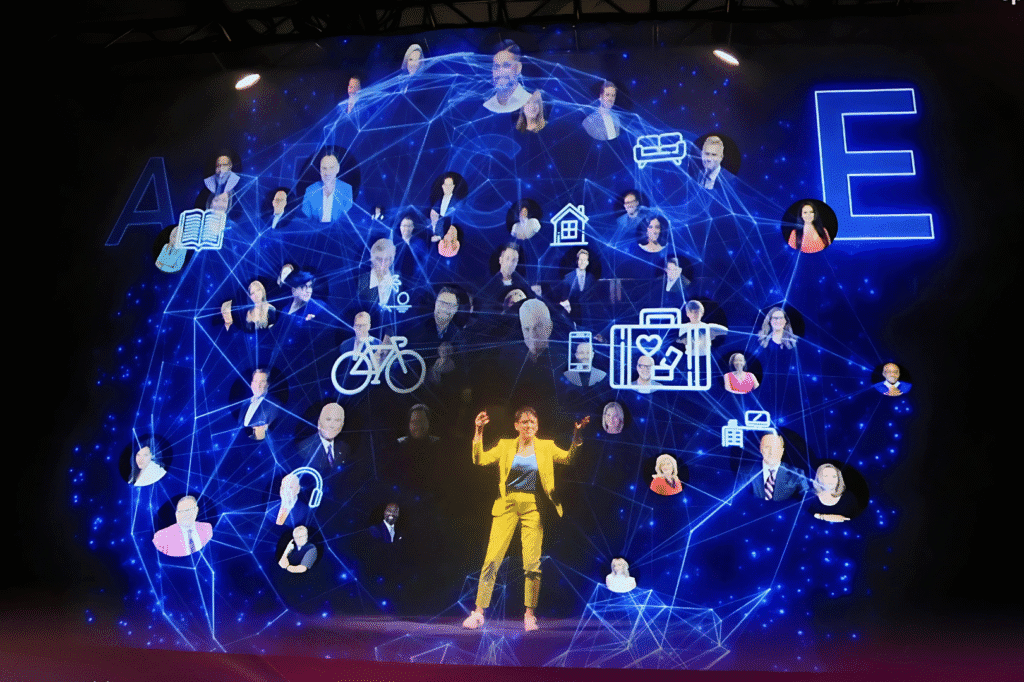
Technology is no longer just part of the production. It’s part of the keynote.
A top professional speaker incorporates immersive media, augmented visuals, holograms, live digital feedback, and more into their keynotes. But not for the sake of spectacle. They do it to support emotion, deepen understanding, and create memorable cognitive triggers—creating an experience where the message isn’t just heard, but felt and remembered long after the lights come up.
But the magic isn’t in the tech alone. It’s in the way it’s used to elevate the message and serve the audience. A hologram that surprises. A visual journey that connects data to emotion. A soundscape that anchors a story in memory. These are no longer innovations for the sake of wow—they’re tools in the professional speaker’s design kit.
A top professional speaker knows that attention spans are shorter than ever, and cognitive overload is real. Technology, used wisely, can create mental pauses—opportunities for insight to land more deeply. But overuse? That leads to distraction, detachment, and dilution of the message.
And yet, none of it matters without emotional intelligence. The best professional speaker doesn’t hide behind tech. They use it as a bridge to human connection. They understand that the goal isn’t to impress—it’s to invite. To use innovation not as armor, but as a window. To ensure that no matter how advanced the tools become, the experience always leads back to one thing: meaningful human impact.
The best keynotes don’t rely on technology. They are enhanced by it, never eclipsed.
Design Thinking, On Stage
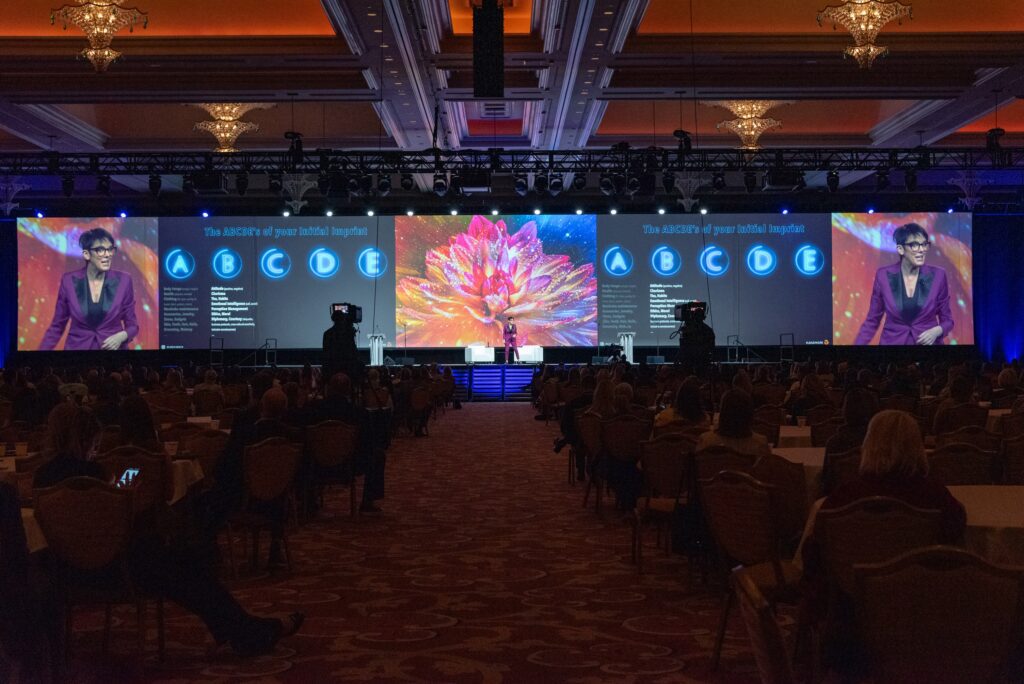
Experience designers in business apply design thinking to every element of a customer’s journey. A professional speaker can (and should) do the same.
That means considering: What does the audience feel walking into the room? What do they carry with them—mentally, emotionally, even physically? How do we want them to feel 40 minutes later? What will they say at the coffee break, in the Uber ride home, or in next Monday’s leadership meeting? What behavior change, ripple effect, or strategic insight might emerge a month—or even a year—from now?
When a professional speaker embraces design thinking, they don’t just deliver content—they map emotional journeys. They choreograph each beat of the keynote with purpose: the anticipation, the drop, the moment of laughter, the shared breath of silence. They use narrative arcs, rhythm, visual anchors, and even pauses with surgical precision. They build for moments of tension and release, of collective reflection and individual revelation.
These speakers also obsess over the transitions—not just between slides, but between emotions. They recognize that transformation isn’t linear; it’s often the byproduct of multiple micro-moments accumulating into clarity. By designing for surprise, trust, and resonance, they spark momentum that continues long after the event ends.
In short, they don’t just aim to teach. They aim to transform—and they build the experience backward from that goal, one intentional design choice at a time.
A true professional speaker doesn’t just move an audience. They design the conditions for the audience to move themselves.
If you’re hiring a professional speaker in 2025, you’re not just booking a voice. You’re booking a moment-maker.
Ask yourself: will this speaker deliver a keynote or an experience? Are they performers or designers? Do they just speak to an audience—or shape something unforgettable with them?
Because monologues are over. The microphone is now a matchstick. And the best professional speaker is the one who knows how to use it to spark something bigger.
Ready to explore what an experience-driven keynote could look like? I’d be honored to help you create a moment your audience will never forget.
FREQUENTLY ASKED QUESTIONS
Can a professional speaker really tailor an experience to every audience?
Absolutely. A seasoned professional speaker uses research, interviews, industry insights, and even real-time audience feedback to shape a presentation that reflects the unique goals and energy of that room. True customization isn’t about swapping out a slide or two—it’s about aligning the content, tone, and delivery to the heartbeat of the audience. When this is done well, the keynote doesn’t feel like a generic speech. It feels like a conversation built just for them. That’s the power of a professional speaker who understands experience design.
How do I know if a professional speaker is truly interactive—or just using buzzwords?
One way to tell is by asking how they engage their audience beyond a basic Q&A or a show of hands. A true professional speaker will describe tools like live polling, discussion prompts, or tech integrations that invite real participation. They’ll have examples of past keynotes where audience contribution changed the direction of the talk. And they’ll speak confidently about adapting on the fly. If they rely solely on slides and a memorized script, you’re probably not getting the interactive experience your audience deserves.
What’s the benefit of using technology in a keynote from a professional speaker?
When used intentionally, technology can elevate a keynote from good to unforgettable. A professional speaker might use immersive visuals, audio design, AR/VR tools, or real-time digital feedback—not as gimmicks, but to enhance emotion, clarity, and retention. Great tech integration bridges the gap between message and memory. But it takes skill. The best professional speaker will never let tech overshadow connection. Instead, they use it to deepen meaning and amplify the moment, creating sensory-rich experiences that stick with the audience long after the session ends.
ABOUT THE AUTHOR
Sylvie di Giusto, CSP, is a globally respected professional speaker known for her trailblazing 3D immersive keynotes and award-winning programs. With 20+ years of executive leadership experience, she equips audiences with the clarity, strategy, and emotional intelligence needed to lead, sell, and perform at the highest level. As the author of Discover Your Fair Advantage and The Image of Leadership series, Sylvie fuses substance with style—delivering keynotes that resonate long after the applause. She is proudly represented by cmi, one of the most trusted speaker management agencies worldwide.
